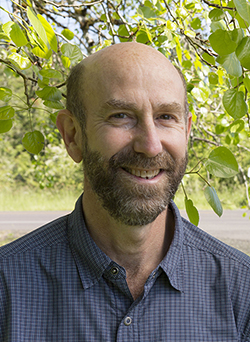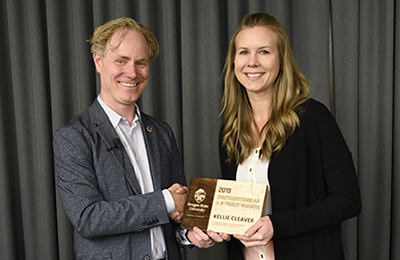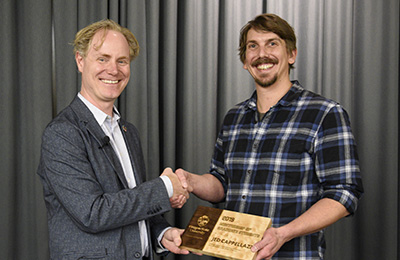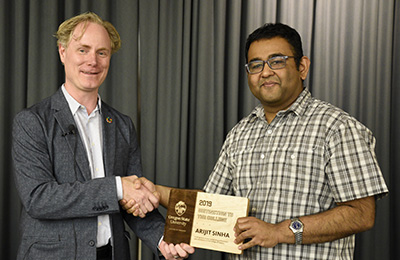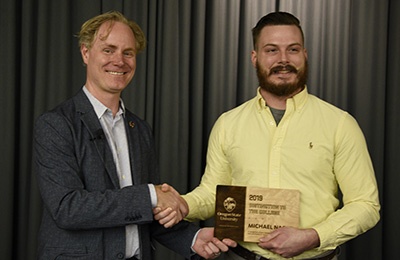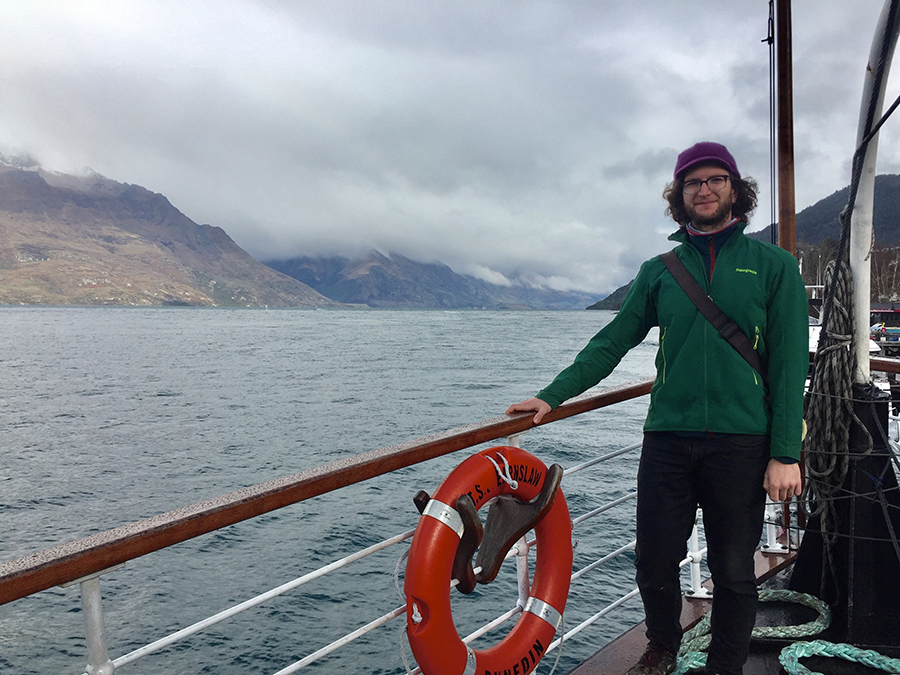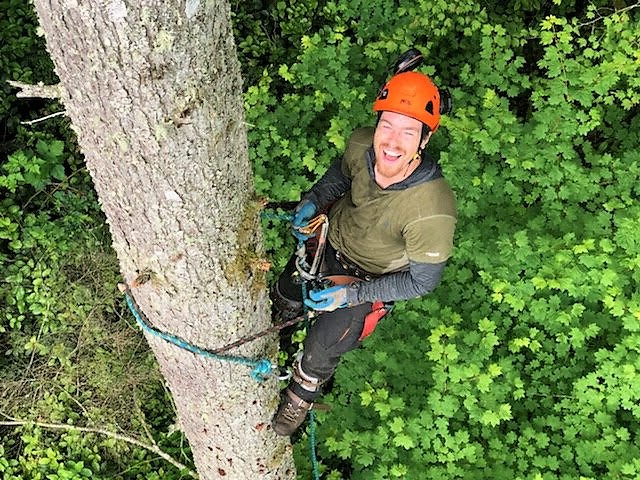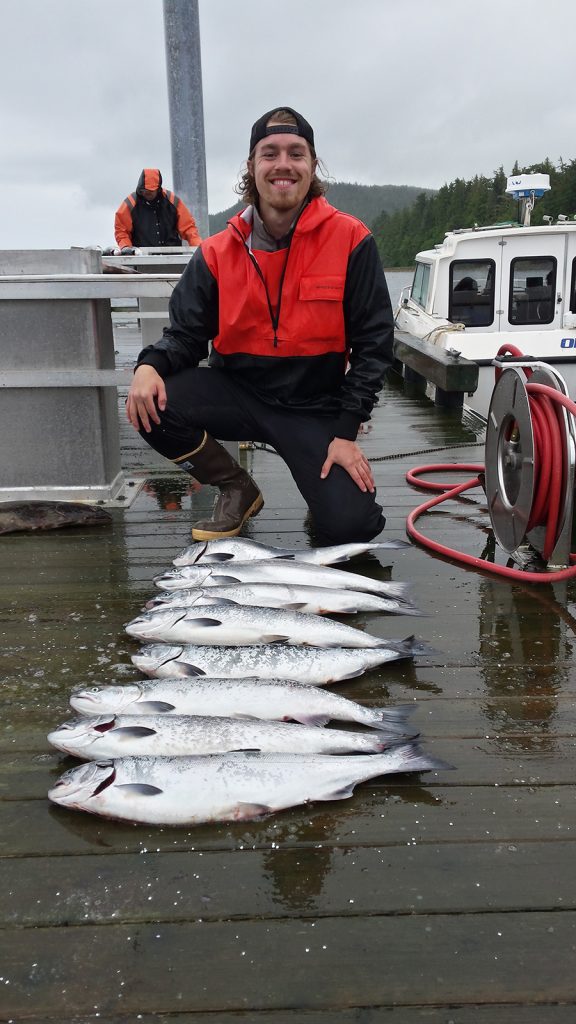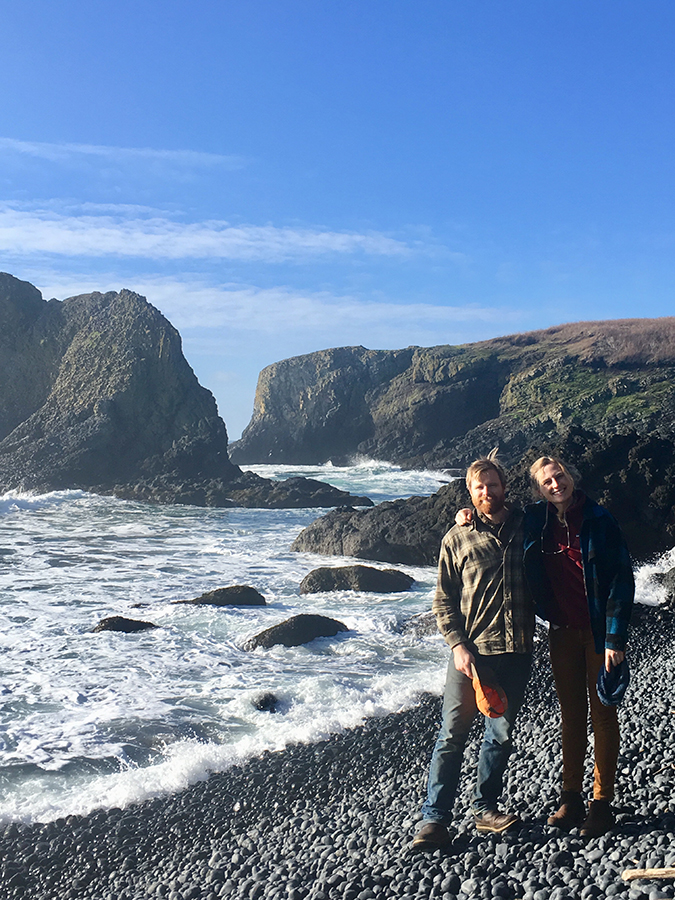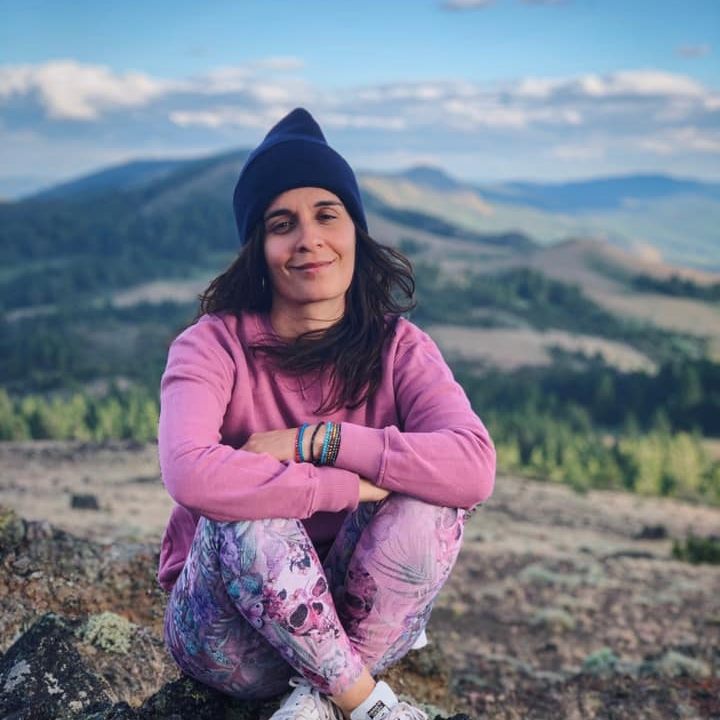Where are you from? Where did you go to college?
I grew up near Milwaukee, Wisconsin and also spent a lot of my time in the southwest part of the state, where my father’s family live and farm. I attended the University of Wisconsin (Madison) for my Bachelor of Science degree (Forest Science and Natural Resources).
What brought you to OSU? What is your role in the College of Forestry?
My husband, Jacob, and I moved to Corvallis from Denver in early 2016. My husband is a veteran of the Marine Corps, and it was time for him to finish his Bachelor’s degree under the G.I. Bill. OSU seemed like a great option. We were both intrigued by the PNW. For Jacob, it was the coastline and for me, the forests.
I work for the COF Research Forests, managing the forest inventory, GIS, and reforestation programs.

What’s your favorite part about working for the College of Forestry?
It’s really fulfilling to work with students on building their professional skillsets. I’ve been fortunate to work with highly motivated, bright, and curious student workers. I enjoy sharing what I’ve learned [and am still learning] with them and vice versa.
What do you like to do outside of work? Hobbies, family, volunteer work, etc.
I’m a part-time master’s student in the Sustainable Forest Management program, so that takes up a bit of my time. I enjoy vegetable gardening and general tinkering around my home. My husband and I both enjoy camping, fishing, backpacking and hiking.

What’s your favorite food?
For cooking, I like putting a healthy spin on American food. When eating out, I like restaurants that prepare more elaborate things that I can’t make [well] – like Japanese, Indian, and Thai food.
What’s your favorite time of the year? Why?
Fall – for sure! I prefer the cooler, refreshing temperatures, changing colors, and mist.
Do you have any pets?
I have one cat named Mesa.
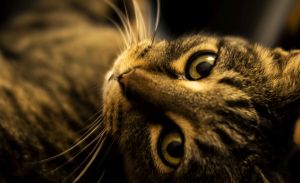
What is something funny, interesting, or crazy that has happened to you in the past year?
Well, Covid-19 has been a real showstopper!
Back in July, my husband and I went to New Jersey for a good friend’s wedding. Due to thunderstorms, our flight home got delayed for a couple of days. We literally only had the shirts on our backs. After some hand-washing of laundry in the motel, we decided to use the bonus-day to tour Ellis Island and the Statue of Liberty. I was blown away by the history museum, and it was an unexpected, memorable change of events for us, especially on Fourth of July weekend.
If you could have one superpower, what would it be? Why?
I would be able to stop time, so I could fit in all of the fun that I want to have in this life.



